7 Tips to Keep Wine Fresh After Opening
Everyone's had a sip of wine that's been open too long. What's the secret to keep wine fresh after opening? There are actually a few proven tricks to storing opened wine. These tips can help extend a wine's life so you can enjoy a bottle at your leisure.
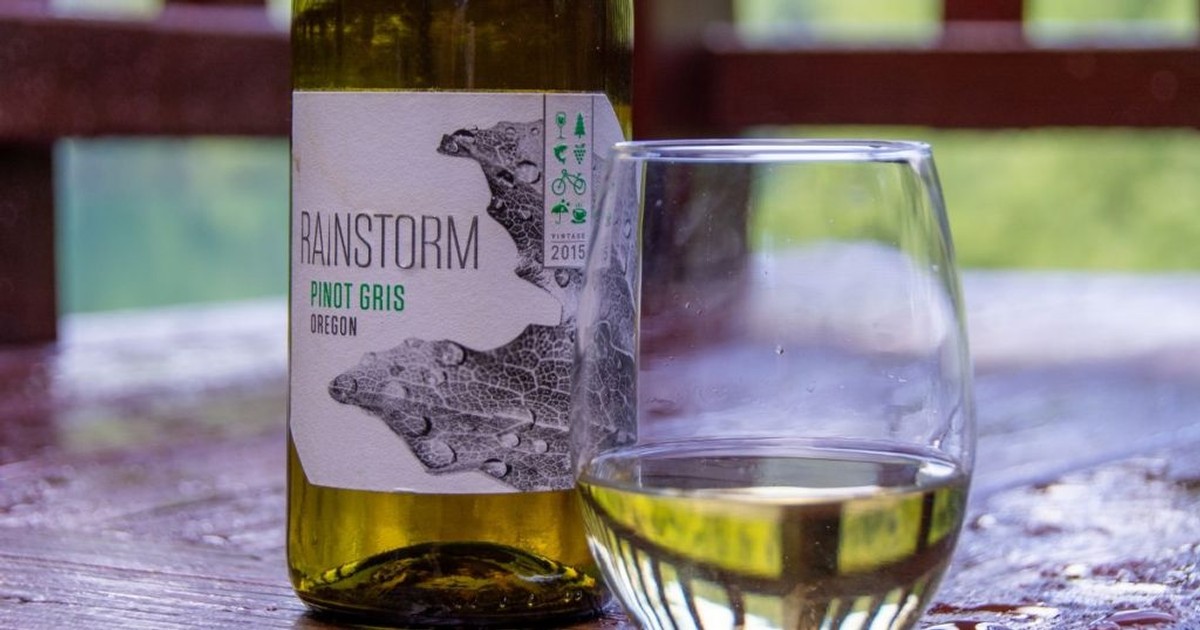
1. Use vacuum pumps.
Wine breaks down through oxidation. One of the best protections for storing open wine is to pump the oxygen out of the bottle and leave a vacuum remaining. A vacuum pump is very effective and sold at many stores. It won't create a true vacuum, but it will create one that's 70% effective.
2. Keep open wine in a dark place.
Natural light spurs heat inside the bottle. That makes the oxidation process happen faster. This is one reason red wines often come in darkly tinted bottles. It helps protect what's inside from light. It doesn't have to be an absolutely dark place, but this is one reason why wines are best stored inside a cupboard, in a recessed wine rack, or in a wine fridge.
3. Refrigerate wine.
Storing your wine in cool temperatures slows the oxidation process down. A wine fridge is ideal because it keeps wines at an even temperature without becoming too cold. This keeps the wine closer to serving temperature than a normal fridge would.
4. Know its shelf life.
This won't extend the life of your wine, but it will ensure you drink it before it starts turning off. Sparkling wine will go most quickly, at 1-3 days time. Red wine lasts 3-5 days. White wines can last anywhere from 3-7 days, with lighter bodied wines and rosés lasting the longest. Fortified wines can last about a month.
5. Wine stoppers can help.
No, Wine Stoppers isn't a covert organization dedicated to stopping your enjoyment of wine. Wine stoppers are anything that helps create an airtight seal over the bottle. Ones that use soft flanges will work best.
6. Use wine shields.
These are soft plastic shields that you can fold and slip into a bottle of wine. They have air bubbles in the plastic, so that when they unfold, they float at the surface of the wine. This provides a floating cover that separates the wine from the air in the bottle. It moves to the side as you pour, because it wants to float on the upper surface of the wine.
7. Inert gas?
If you really want to get high tech, you can replace the oxygen in the bottle with an inert gas like argon. This keeps wine fresh after opening because argon doesn't react to the wine like oxygen does. It will cover the surface of the wine, creating an unseen layer between the wine and the oxygen. Make sure you seal the bottle at the top so the argon isn't tempted to escape over time.
Next time you enjoy a glass of your favorite wine, try one of these methods to keep it fresh.
What Is a Clone Wine?
An army of clones has invaded the Pacific Northwest! Well, not exactly. Oregon Pinot Noir wines use clone plants. Does that mean Pinot Noir clones were grown in a vat? Are they the subject of a mad experiment? No. All a clone means in this sense is that it's propagated from one parent plant. It's not the result of a cross-pollination between multiple plants.
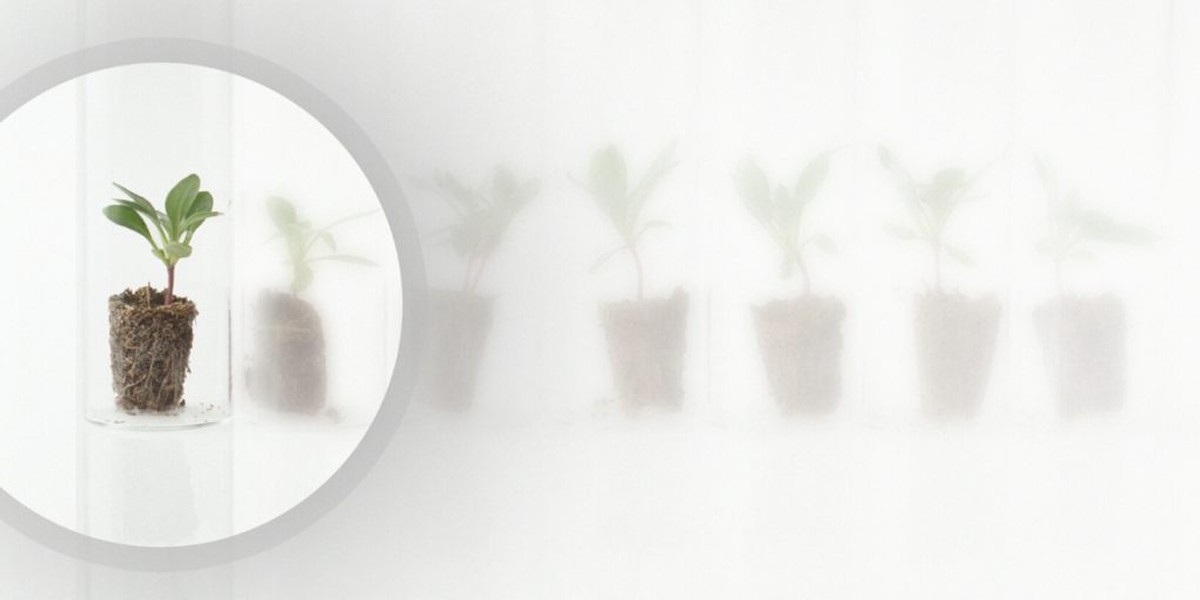
Attack of the Clones?
Pinot Noir clones are used the world over. Did you know that Pinot Noir, Pinot Blanc, and Pinot Gris all come from the same grape? Then how do they taste so wildly different? How is one a red wine and the other two are white wines? The grapes involved are simply mutations of the same variety.
There are actually more than 1,000 different clones of Pinot. In each case, a particular plant's grapes are desired to continue making a variety of wine. Cross-pollination would change inherent properties in the grape, so instead the original plant is simply propagated.
Each different clone that's grown creates different qualities in its wine. Many require different growing environments. For instance, Pinot Noir is known as a temperamental grape that's difficult to grow.
Variety Is the Spice of Life
Diversity is important – it creates a healthier environment. This is why many vineyards maintain several different clones of a particular grape and blend various clones together. They're still blending various Pinot Noir grapes together to make a Pinot Noir, so it's not the same as a blend that mixes entirely different kinds of wine.
Oregon Pinot Noir was founded on Pommard, Wadenswil, and clones that originally come from the U.S. A number of Dijon clones later came over. This blend of different Pinot Noir clones from different origins has enabled Oregon vineyards to produce luscious, bold, floral Pinot Noirs that capture the imagination and delight the palate.
How Full Should a Wine Glass Be?
If you are wondering how much wine to pour in a glass, there are two answers. One is short and simple: as much as you’d like! When you want to enjoy a warm summer night or cozy up on the couch in winter, you’re more concerned with your menu - or which Netflix show you’re going to binge on next.
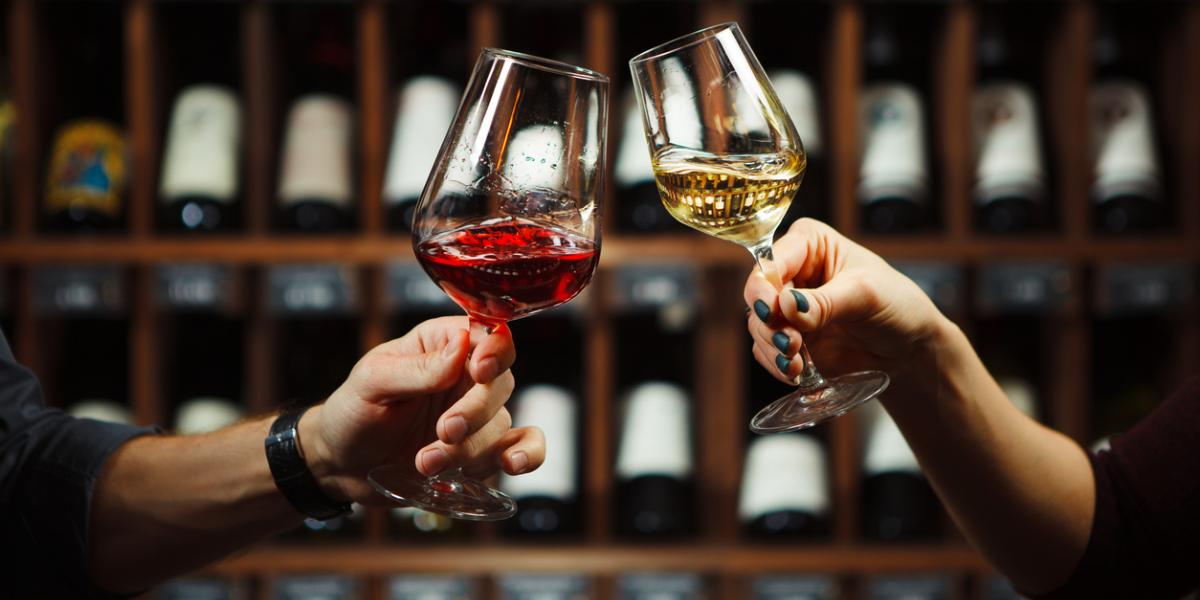
But it is also fun to know a little wine service etiquette so you can pull out your knowledge and impress guests (or simply pour the appropriate amount so you can enjoy it to its fullest).
Wine Service Etiquette: Depends on the Glass
First things first: let’s talk about the glass itself. In general, red wine glasses are taller and feature a larger bowl.
This is because they tend to be more big and bold; the bowl allows you to fully experience the flavors and aromas.
White wine glasses are typically smaller in order to preserve the aromas and keep the temperature cooler.
The simplest method is to simply fill red wine glasses one-third full so you have room to give it a good swirl and aerate the wine.
Fill white glasses half-full and sparkling wines about three-quarters full.
How Much Wine to Pour in a Glass: Geographically Speaking
If you want a more in-depth guide, dust off your geography knowledge and put it to use! Look for the widest point of the bowl and pretend it’s the equator.
If you go up about a quarter of the bowl, you’ll have the Tropic of Cancer, and if you go down about a quarter, you’ll have the Tropic of Capricorn.
Some wine experts recommend filling your glass to the Tropic of Capricorn. This allows the wine to breathe and you can give it a swirl.
This increases the surface area the wine has with air, and it helps to release the smell (which is a key factor in taste).
Oxygenation softens tannins in reds and enhances the delicate characteristics of whites.
When you are hosting guests or feeling a little fancy, try this simple wine service etiquette trick. And then enjoy!
Want to try our wine, buy a bottle today.
How to Hold a Wine Glass Elegantly
Welcome to our guide on how to hold a wine glass elegantly. Of course, it’s perfectly fine to hold it inelegantly if you choose! But we find that observing some simple wine etiquette can make the experience that much more enjoyable - and it can impact the taste of your reds, whites, roses, and bubblies.
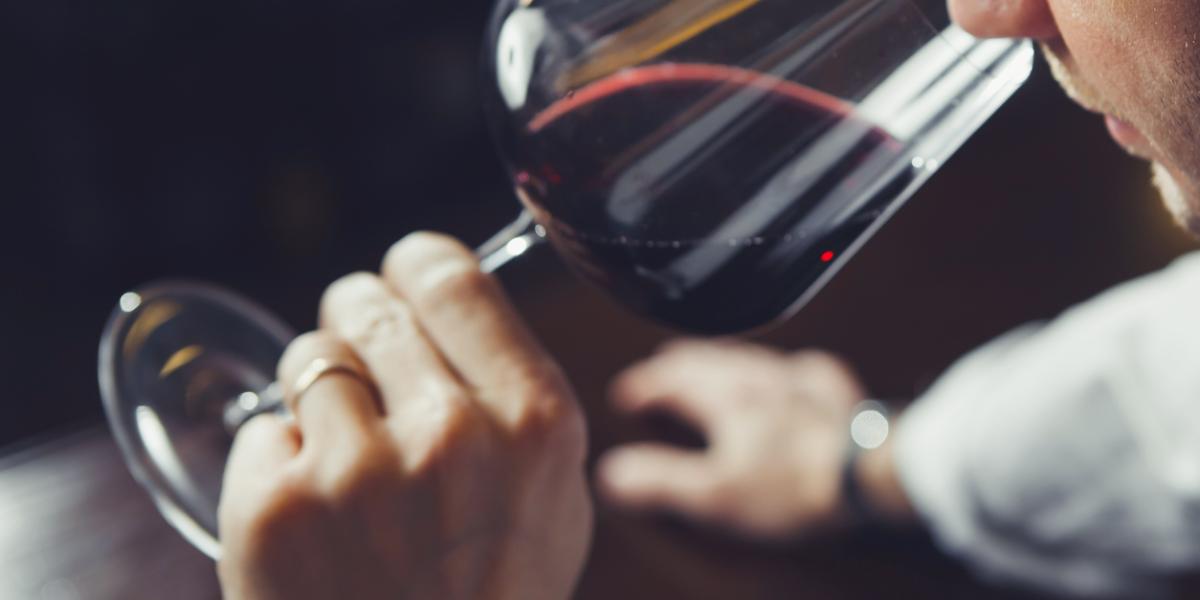
How NOT to Hold a Wine Glass
While it feels very natural to hold a glass by the bowl, this is considered a taboo. For one thing, you’ll get smudgy fingerprints all over the glass!
It’s not an elegant look - and it makes it hard to see the color and clarity. Another reason is that your hands will warm the wine.
You certainly don’t want this with chilled whites or champagne, and reds, too, are better when they are cooler than room temperature.
How to Hold a Wine Glass Elegantly
Is there a difference in holding a glass of red wine vs. white wine? No, the technique is the same - and it is simple!
Pinch the stem of the glass between your thumb, index finger, and middle finger. Your fingers should be placed on the lower half of the stem, with your middle finger just above the base.
Your ring and pinky fingers will rest on the top of the base. Give it a try. You’ll find you have plenty of stability and your hand is well away from the bowl.
Another option is to use your index finger and thumb. Wrap your index finger around one side of the stem.
The tip of your thumb will support the other side. Again, your hand will be positioned towards the lower part of the stem.
What are your other fingers doing? They’re just curled into your palm loosely (not touching the base).
You can also use your thumb and index finger to pinch the stem right above the base. They’ll brush lightly against the base.
Your middle finger rests on the underside of the base, giving you more stability. Let your two remaining fingers rest as they will (e.g. pressed into your palm or against your middle finger).
There’s one more method, and while “socially acceptable,” we’re not huge fans. Your thumb rests over the base.
The top parts index and middle fingers support from the underside of the base, and the ring and pinky fingers are curved into your palm.
You do not touch the stem at all. We do not like this because (1) it looks awkward, and (2) it is the least stable way to hold a wine glass.
What About Those Tricky Stemless Glasses?
We love the elegance of a stemmed glass, but there’s no doubt stemless is a popular choice. Hold the glass towards the base or bottom.
Try to minimize contact: you can do this by using only your thumb and two fingers. The remaining two can support the glass from underneath or curl away from the surface.
There you have it: now you know how to hold a wine glass elegantly. Give it a try and see if you notice a difference in both the taste and the experience. We are sure you will!
What Is a Crisp Wine?
As summer temperatures rise, it helps to have a cold drink in hand to keep hydrated. Water is a great go-to (especially with lemon or cucumber!). However as evening approaches it’s typically an adult beverage that quenches our thirst. Do you find yourself turning to a Pinot Gris or Pinot Noir Rosé for a crisp wine? It makes sense, crisp is just what you want after a long, hot day! These refreshing white wines give you just what you are craving.
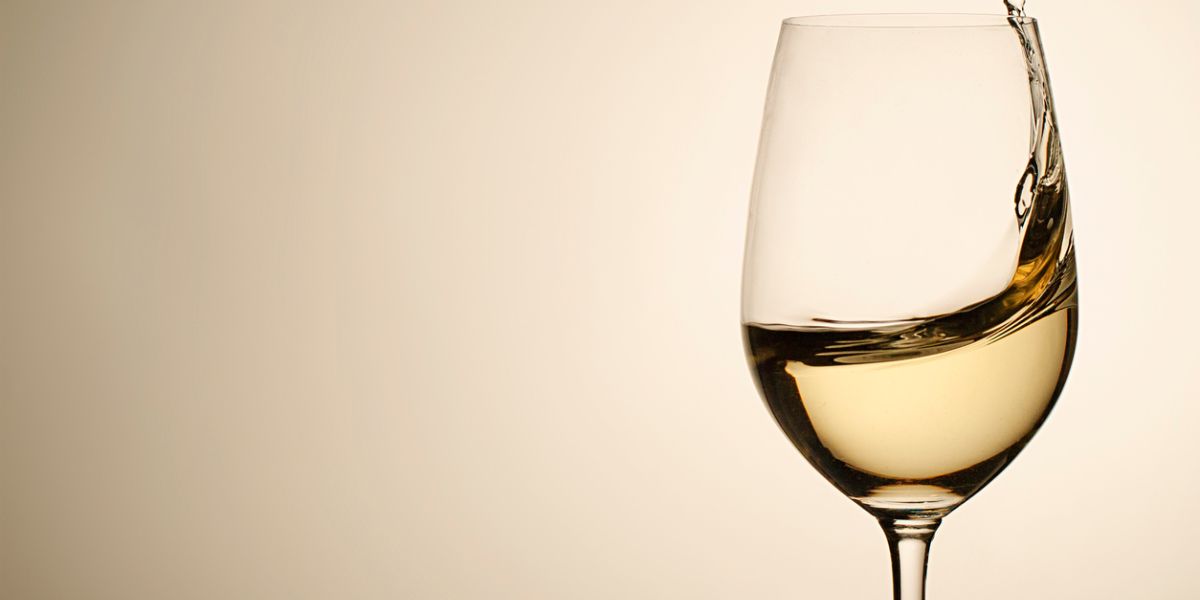
Crisp wine is meant to describe a white wine that is acidic and dry. Dry of course refers to the lack of sweetness in a wine. A good amount of acidity in a wine gives a taste sensation similar to fresh squeezed lemonade, except without all the sugar. Acidity and dryness are really the essential factors to determining what can be described as a crisp wine.
When we talk about crisp wine we might also use descriptors like bright or fresh. This is all a way of talking about the wine’s acidity. All wines have some amount of acidity, but here we are getting a bit of pucker out of our sip. This pucker, or tartness, is what makes your tongue salivate and brings you back for more!
Typically we are thinking about crisp wine in terms of refreshing white wine, that said, there are some red wines that one could also describe as crisp, bright and fresh. These are the types of reds one might chill and serve at a barbeque. And, yes, that is a thing!
Enjoying a crisp white wine is lovely any time of year, but especially so in the summertime. There’s something very romantic about relaxing in a garden or on a patio with a white in hand. It’ll also pair delightfully with appetizers, seafood, salads and myriad other dishes. You may even start with a crisp white and move on to a red for your meal. Any way you chose to enjoy a refreshing white wine is fine. You really can’t go wrong as long you’re loving the taste!